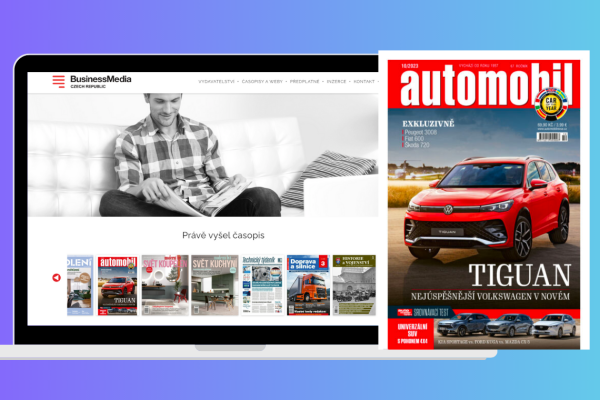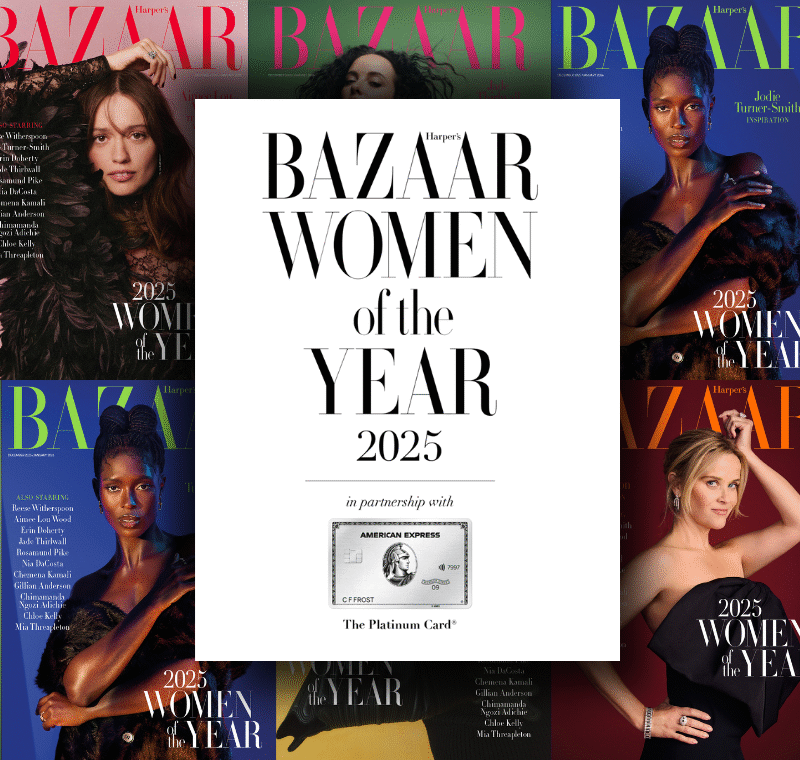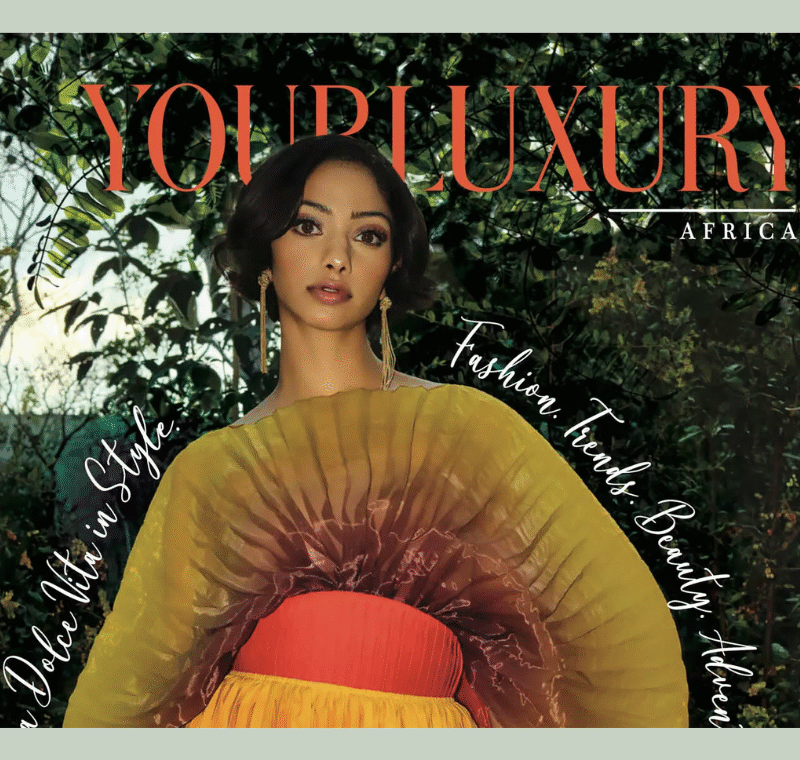Motoring ahead: Tomáš Tkačík of Business Media CZ on the Czech publisher’s new automotive-driven paid content strategy
“We see tough times as an opportunity,” says Tomáš Tkačík, CEO at Business Media CZ, the Czech-based media company publishing B2B and B2C magazines. The group has certainly showed resilience and a lot of business nous since its creation in 2014, achieving many of its greatest successes during the Covid pandemic – including the purchase of several motoring magazines from insolvent publishing house, Mladá fronta in 2021.
The next phase in Business Media CZ’s development is putting its extremely popular online automotive content behind a paywall. It’s part of a paid content strategy drawn up in the wake of the most recent edition of the FIPP-backed Google + FT North Star Foundation programme.
Limited to only 12 publishers, the initiative offers a practical and focused three day course to propel a company’s digital news business forward – strengthening digital journalism, developing audiences and growing a reader revenue model with a hands-on approach. Using the FT’s exclusive North Star tool, media groups can create an action plan and detailed roadmap to achieve strategic ambitions.
As Business Media CZ launches its new paywall, we sat down with Tkačík to look at the media landscape in the Czech Republic, the rise of generative AI and what the road ahead looks like for the company.
How would you describe the media landscape in the Czech Republic at the moment?
The landscape is a tough, but we don’t want to sit and cry. We see that as an opportunity. From the revenue side it’s very difficult and publishers are under pressure from the technology platforms, with Google Meta and others having a larger share of advertising revenue, particularly in digital. And from the other (print) side, we are under cost pressure because the costs have risen dramatically in the last 18 months, everywhere, not only in the Czech Republic. But here it was particularly tough because the Czech Republic had one of the highest inflation rates in the EU. It had a very sharp effect on the cost of paper and production. But we have been fighting. We’ve had one of the largest offset printing plans and have a partner we’ve been printing with for almost three decades. It’s really paid off during the tough times.
What has your journey been like developing a paid content strategy?
Over the last one-two years we’ve been really thinking about our digital strategy concerning paid content. In the newspaper business, paid content is the only future they have. I personally think they will survive, but print will be for a very small niche market of premium clients. The largest part of our readers will be digital. And with the B2B magazines you have very valuable content – if you’re a doctor or lawyer or mathematician you really need top quality content to be educated and see the latest trends and surveys. You have to have a subscription and usually you have the bundle subscription, print and digital. The thing is, with lifestyle magazines, it’s really difficult to have paid digital subscribers because the lifestyle magazine is like a book: you love the paper, you see nice huge pictures and you enjoy reading that. When my advertising customers ask me, ‘when will you have nice digital mag?’ I ask them – will you go on a digital holiday to Tuscany or actually travel there, eat the pasta and listen to Italian music? And it’s the same with lifestyle magazines. So, we had been struggling with that and trying to find the right solution. Then I saw the Google + FT North Star Foundation programme. It looked very attractive, and it came at the right time.
Why was the programme such a good fit?
What’s nice about the programme is that it’s a well-structured and sophisticated. It really takes you step by step from the first brainstorming about the goals, then the hypotheses – how to achieve those goals and outcomes. Then the evaluation of hypotheses and, at the end, the action plan. There you look at the outcomes and hypotheses and you try to assess the influence of this and the risk. And we have a few outcomes and hypotheses where the influence will be high and the risk quite low. So, we have already started to implement this. Another great thing about the Google + FT North Star Foundation programme is that you don’t have to travel somewhere. You can invite all key colleagues to attend. So, we had my editor, IT, my colleague from the subscription department and me attending. And during three days we developed a nice action plan and strategy.
You decided to put your automotive content behind a paywall. Why that section of your business in particular?
Because we have great and valuable content. We have been on the market almost 70 years and readers love history – old Ferraris, old Porsches and so on. We have a lot of content, almost all of which was digitalised in the last couple of years. Also, thanks to a license deal with German partners, Auto Motor und Sport, we have comparative tests where you take three different cars from different companies, but the same model, same size, and you do a very enhanced test with a lot of information. We believe that these tests are very valuable, and we can close them behind the paywall and sell a bundle or digital subscription with this test, or only sell the test behind a paywall. So, if you want to buy a new car you will be interested in gathering all valuable information about those cars over the next few months. You will subscribe to our content for maybe six months until you decide which car you buy and that’s it. You will not subscribe anymore. So, we will have all these new subscribers there for shorter period of time. But then the second part of the subscribers will be a long-term – these fans of cars who want to have as much high-quality information as possible.
If the paywall proves successful how will the subscription strategy evolve from here?
Our target is to start with a few thousand paid digital subscribers. With 2,000 paid subscribers we can cover the costs of two editors for our team. So, we have two new full-time editors and a couple of external part-time editors. But with 2,000 subscribers paying €2 EUR (US$2.11) per month, we can cover the cost of additional editors and invest a lot in our content. And then if we’re successful, we would like to spread it to other segments. We have magazines and platforms in the industrial segment and in construction segments. So, we will start with automotive, but if we’re successful, we would go into other segments.
The rise of generative AI is a hot topic in the media at the moment. Have you started to draw up concrete plans to integrate AI into your operations?
Definitely. Since March I have taken part in many workshops and conferences. We have organised training for our editors, the graphic designers my IT manager and me. And currently we are trying to implement part of AI in our company. We of course have to be very careful with copyright law, particularly with the pictures, because if we use AI without any rules and without any barriers, we could use pictures or text which is under copyright law, and then we would have to pay for that. The second risk is of course with the sources. When you have a text generated from ChatGPT, for example, then you have to be absolutely certain all this information is correct. So, generally we have been following AI in terms of the latest trends. AI will have a significant influence on publishing business in the future for sure.








